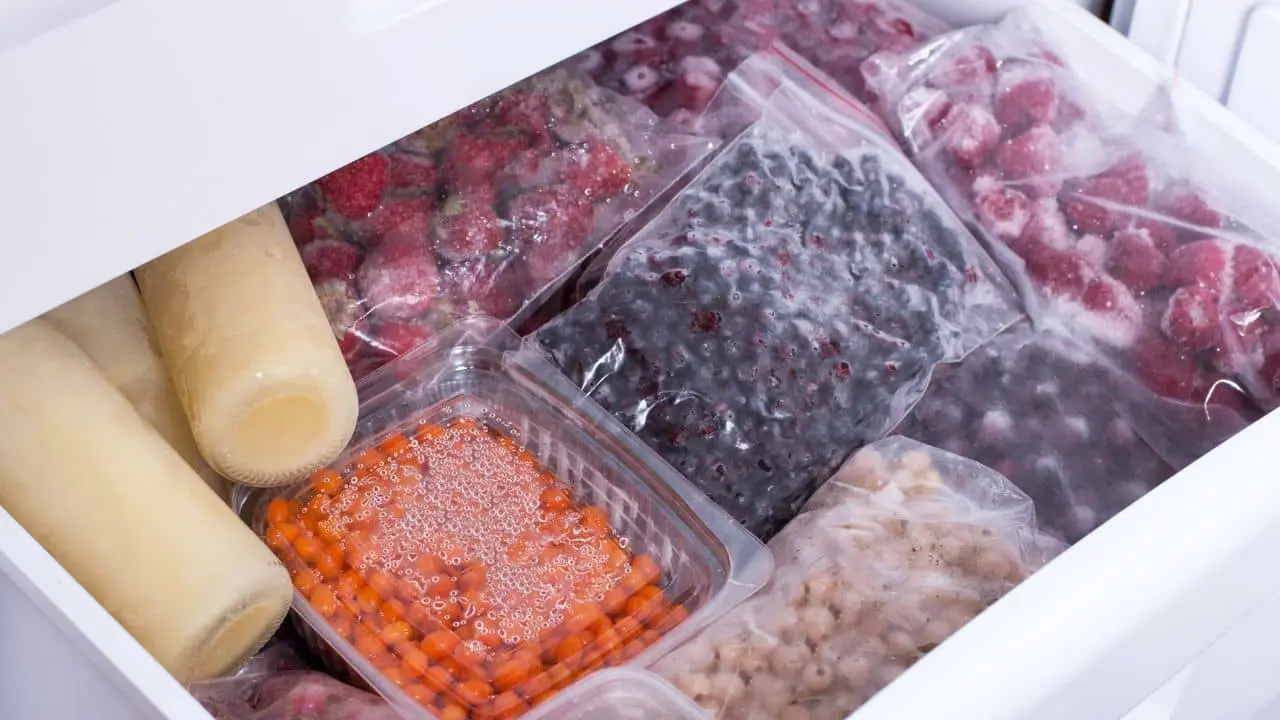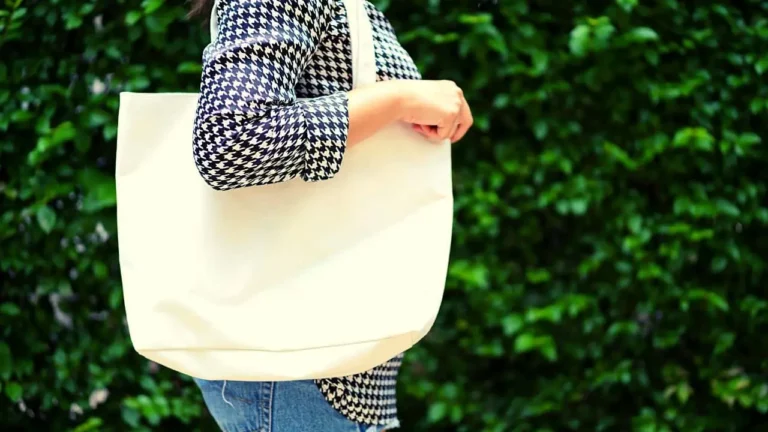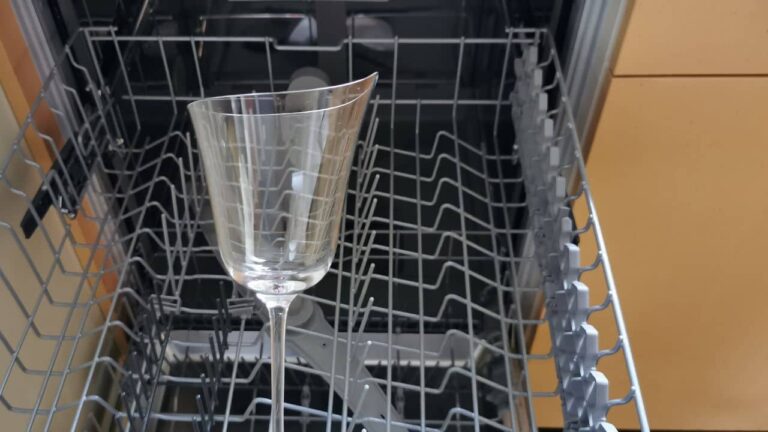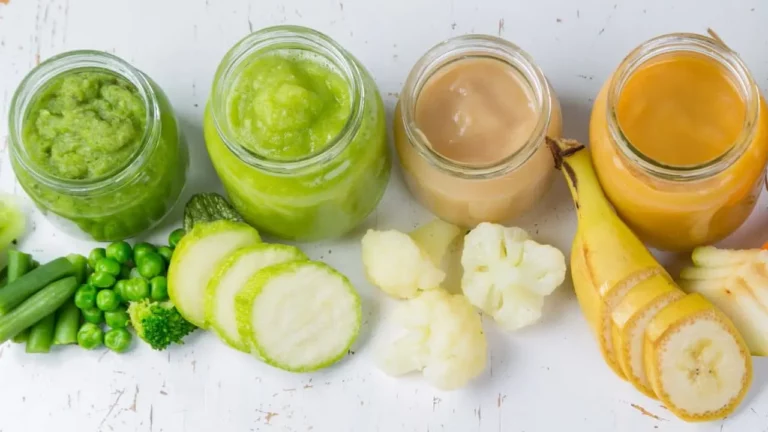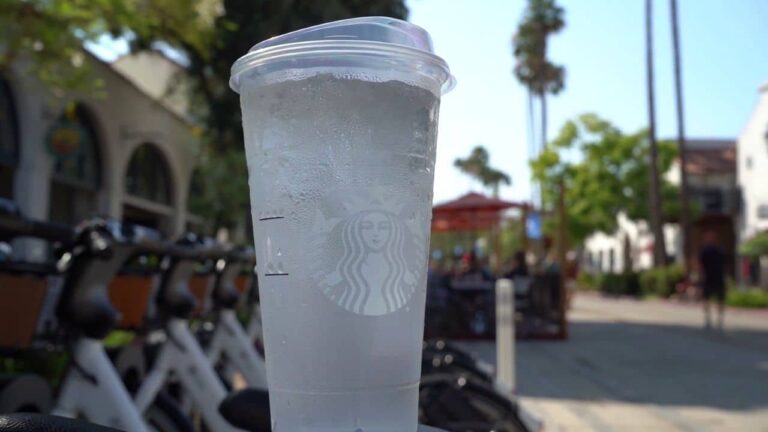The 7 Best Materials for Freezing Containers (Including Tips)
Planning to freeze your food and wondering what types of containers to use? So, what are the most suitable containers to preserve the freshness of your food?
Here is a list of recommended containers for freezing:
• Disposable or reusable freezer bags
• Aluminum dishes or trays
• Stainless steel containers and boxes
• Plastic boxes
• Glass containers or jars
• Double-thickness aluminum foil
RELATED:
Why Is It Important To Use the Right Containers For Freezing?
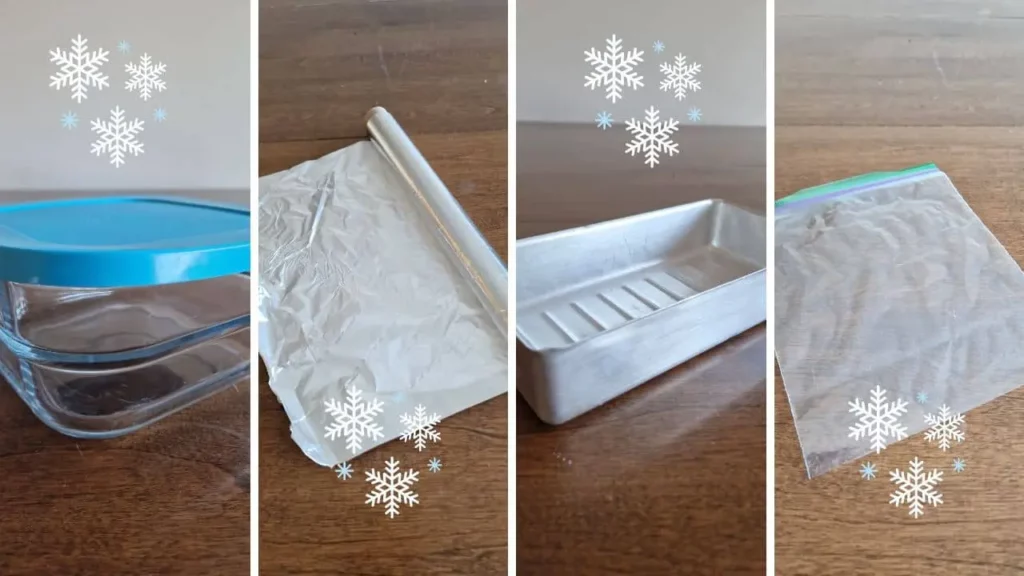
I will now share the secret of successful freezing: it largely lies in the choice of packaging because a good container protects your food against:
• Dehydration (also known as “freezer burn”)
• Oxidation (entry of oxygen)
• Penetration of microorganisms.
Therefore, it is essential to select the right container, which must be airtight, sturdy, non-toxic, and capable of withstanding low temperatures, depending on the nature and size of the food you wish to preserve.
Important Note
Cardboard, paper, soft cloth, or cotton packaging is not recommended for freezing (I will discuss this further below). These materials do not provide airtight closure, allowing water to escape and moisture to accumulate in the form of frost in the freezer.
Flexible containers suitable for freezing
Let’s first look at flexible containers suitable for freezing:
#1 Disposable plastic bags
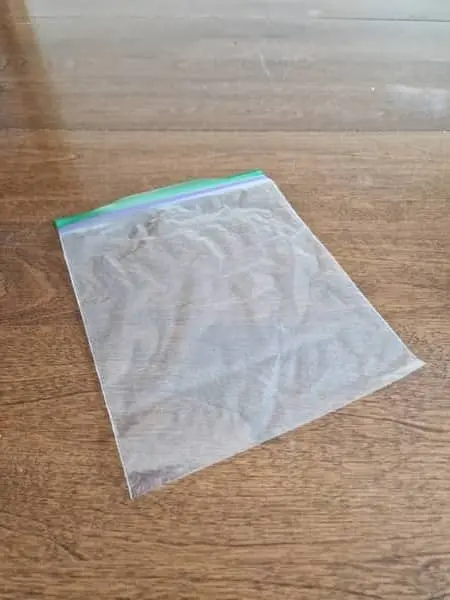
Disposable freezer bags, such as Ziploc bags, are excellent for preserving a variety of foods such as fruits, vegetables, meats, or fish. You can get them in different sizes to divide your food into portions.
Practical tip
To ensure an airtight closure, expel the air in the bag by applying pressure with your hand before closing it. For optimal results, you can also use a vacuum sealer, but don’t forget to use compatible plastic bags.
#2 Reusable freezer bags
If you wish to adopt an ecological approach, you can replace disposable bags with washable bags. Consider eco-friendly alternatives like silicone freezer bags. These durable bags withstand low temperatures well and are equipped with an airtight closure system.
#3 Aluminum foil
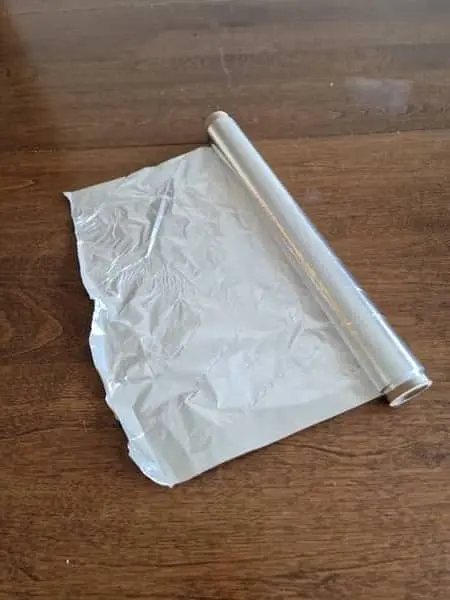
Aluminum foil can be used to freeze bulky foods such as bread or poultry. As aluminum is quite fragile, I recommend using it in double thickness for better protection of your food.
Tip: food wrap
Food wrap is very practical for separating portions of meat, fish, or cake before packaging them in a bag or box. It does not stick much during defrosting, which is an advantage.
However, it is too fragile to be used alone as the main packaging. It must therefore be associated with the other containers I just mentioned.
Rigid containers suitable for freezing
If you’re aiming for a zero-waste approach, know that dishes, trays, boxes, or jars have the great advantage of being washable and reusable.
For efficient reuse, just make sure to clean them properly after each use.
Also, when filling them, remember to leave at least 1 inch of space to account for the expansion of food during freezing.
#4 Aluminum dishes or trays
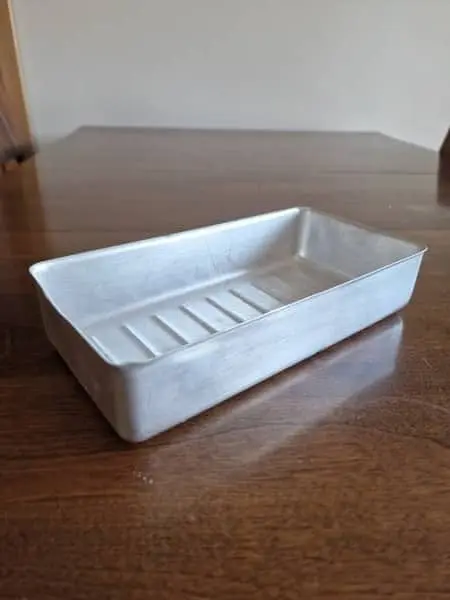
Aluminum trays, available in different shapes and sizes, are ideal for freezing dishes in sauce or for preserving delicate small fruits.
They are very convenient because they can go directly from the freezer to the oven without any problem!
#5 Stainless steel boxes
Eco-friendly and durable, stainless steel boxes are becoming an increasingly popular option for freezing. They are robust, do not rust, and do not absorb odors or flavors.Available in a variety of sizes, they are perfect for storing meats, vegetables, fruits, as well as prepared meals. Their sleek design also makes it easier to organize your freezer. Some are even stackable:
However, make sure the lid provides an airtight seal to prevent any air leakage.
#6 Plastic boxes
Among the must-haves for freezing are plastic boxes with an airtight lid. They come in different sizes and colors, making it easier to organize and identify food in your freezer.
For example, you might use a red box for meat, a blue box for fish, and a yellow box for homemade meals.
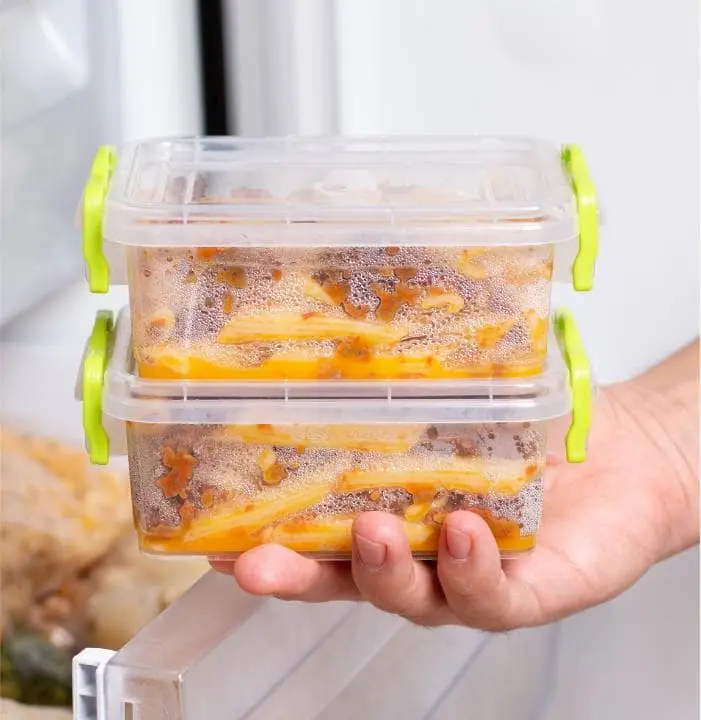
Reminder
Don’t forget to indicate the freezing date on your container’s label for optimal management of your frozen foods.
#7 Glass containers
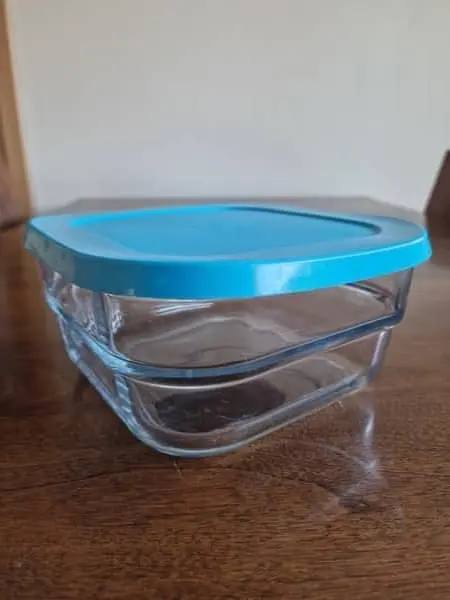
If you prefer to avoid plastic because of its environmental impact and the potential harmful nanoparticle migrations it may contain, glass containers are an excellent alternative.
Jars with screw caps or glass jars are perfect for storing soups, purees, compotes, sauces, or fresh herbs.
Important Advice
When freezing liquids in jars, make sure to fill them only three-quarters full to prevent them from bursting due to liquid expansion during freezing.
The Optimal Features for Packaging Frozen Food
In the end, for food preservation to be optimal, you need to opt for packaging that meets the following criteria:
- Safe for food: This includes all the packaging I mentioned above. As for plastic boxes, they must display the BPA-Free criterion.
- Cold resistant: The packaging must not become brittle or porous, even at low temperatures.
- Heat resistant and dishwasher safe: This is important if the packaging is to be used multiple times (except disposable plastic bags).
- Air-tight: The packaging must offer protection against the penetration of oxygen, moisture, and flavors.
- Odorless and tasteless
- Resistant to fats, acids, and alkaline solutions
- Tear-resistant
- Adaptable to the size of frozen products: always make sure never to fill the container 100% to avoid overflow during freezing.
- Suitable for certain defrosting processes (boiling water, microwave, or oven)
- The right size and shape: If the packaging is flat, the cold can quickly penetrate to the center of the packaging content.
Packaging Not Suitable for Freezing
As I have provided you with a list of containers and packaging that are perfectly suited to freezing, it also seems useful to give you a list of those that are not:
- Cardboard
- Paper
- All cloth bags in general (even cotton): they are poor short-term packaging materials because they do not meet the criteria mentioned above.
Why aren’t they suitable? Because if you use these different materials, moisture can escape from the food and accumulate in the form of ice in the colder sections of the freezer. This moisture loss can then make the frozen foods tough and dry, thus less tasty when consumed.
FAQ
Here is a list of frequently asked questions on the subject of this article. Feel free to ask your own questions if they are not listed below.
Can we use fabric bag for freezing food?
It is not recommended to use fabric bags for freezing food. The main reason we wrap foods for freezing is to keep the air out and protect the food from freezer burn. To do this, we need to wrap the food tightly and use thick packaging materials that protect the food from the cold.
Can you use storage bags for freezer bags?
Yes, you can use storage bags as freezer bags. In fact, using storage bags in this way can be advantageous in certain situations, as they are generally thicker and more durable than regular storage bags. Therefore, they are less prone to punctures and leaks, which better protects the food they contain.
Ziploc-style storage bags also allow for the storage of liquid food such as sauces.
Conclusion
Choosing the right containers for freezing is an essential step in safely preserving your food and maintaining its freshness. Therefore, it’s important to consider the material of each container and its ability to create an airtight seal to prevent air, moisture, and microorganisms from damaging your food.
You can opt for traditional freezing bags, either disposable or reusable, aluminum dishes and trays, glass containers, or plastic boxes.
However, more and more people are drawn to more durable and environmentally friendly alternatives. Thus, stainless steel boxes and glass containers with screw caps are excellent alternatives to plastic boxes, offering both high strength and perfect sealing.
It is, however, crucial not to use packaging made of cardboard, paper, soft fabric, or cotton for freezing. Yes, that’s right! These materials do not provide a sufficient airtight seal to prevent dehydration and oxidation of the food, leading to freezer burn that alters the taste and quality of your food.
In summary, taking the time to choose the right container for your frozen food is not a step to be taken lightly if you want to guarantee optimal preservation of your food and its nutritional and taste qualities.
Now you’re an expert on the subject! Feel free to share your own methods in the comments: the fastest ones, those that work the best, or those suitable for a certain type of food.

